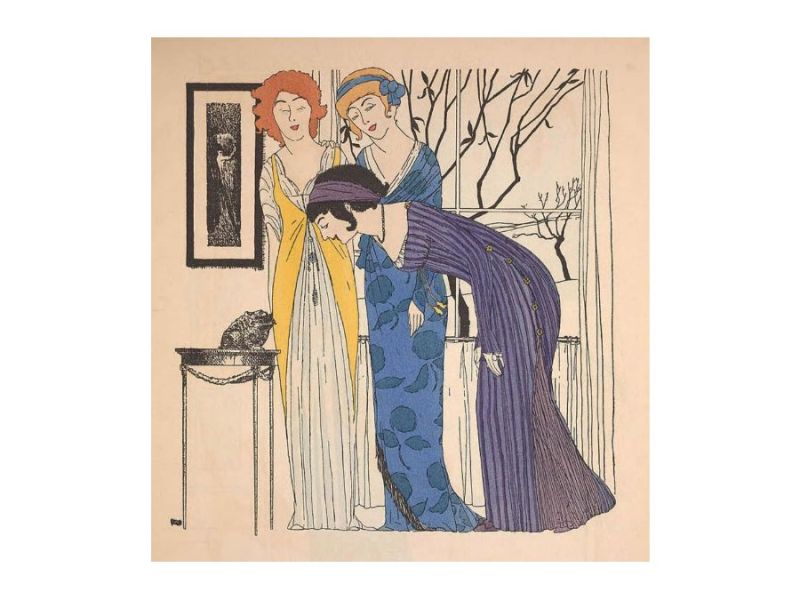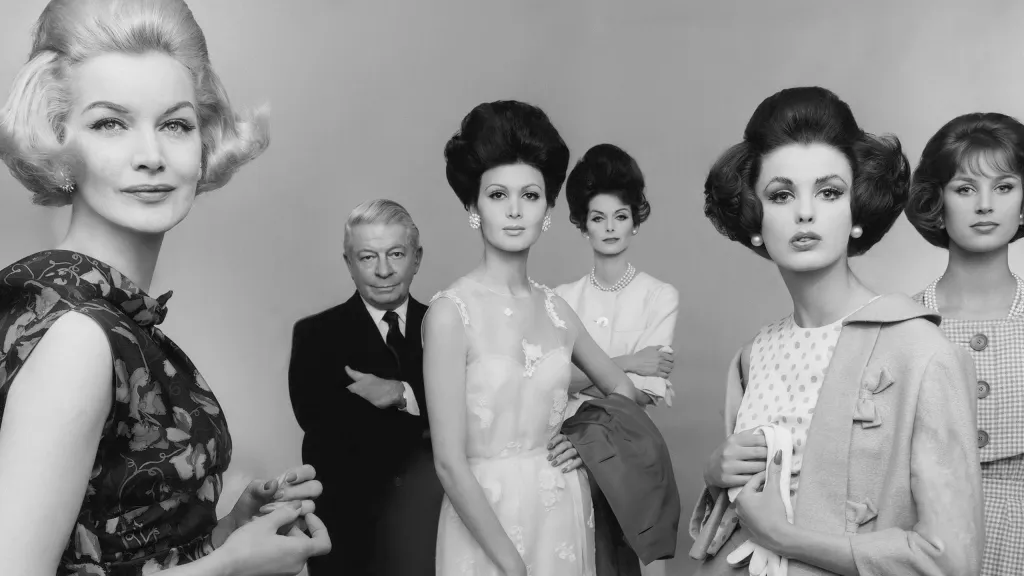
From Medicine to Fashion Magnate
Born Edmond Lapidus in Paris on June 23, 1929, Ted Lapidus was a figure of determination and vision in fashion. His early education spanned several institutions, concluding with a diploma in medicine from the University of Paris in 1949. Despite his medical training, Lapidus was drawn irresistibly towards fashion, a field in which he was largely self-taught. This transition from medicine to fashion wasn’t just a career change but a pioneering move that would later revolutionize the fashion industry.
Embed from Getty ImagesTailoring a New Style
Working initially as a tailor at Club de Paris and later establishing Ted Lapidus Couture in 1951, Lapidus brought precision and innovation to his designs. His keen tailoring skills, honed during his time studying medicine, allowed him to create clothes that were not only stylish but exquisitely fitted—attributes that would become synonymous with his brand. Lapidus’s boutiques, established globally in cities like New York and Tokyo, became emblems of high fashion accessible to the everyday consumer.
Embed from Getty ImagesInnovations in Fashion
Lapidus is often credited as the creator of unisex fashion and pioneered military and safari looks into haute couture. His designs were marked by a blend of functionality and elegance, making military-style shoulder straps and blue jeans fashionable for both genders. This democratization of fashion, a stark contrast to the exclusivity typically associated with haute couture, was revolutionary.
Cultural Influence and Celebrity Endorsements
Ted Lapidus’s influence extended beyond the atelier. Celebrities like Brigitte Bardot, Alain Delon, and John Lennon donned his creations, each helping to cement his status as a designer of the stars. His relationship with Lennon was particularly notable, culminating in designing the iconic white suit worn on the Abbey Road album cover. Lapidus’s work exemplified how fashion could transcend the runway and become a part of cultural history.
Legacy and Transition
The late 1970s marked a shift as the Lapidus label expanded into fashion accessories, a strategic move reflecting the evolving market dynamics as haute couture’s prominence waned. In 1989, the mantle was passed to his son, Oliver Lapidus, ensuring the brand’s continuity in the fashion industry. Ted Lapidus’s death in 2008 was not just the loss of a fashion icon but the closing of a significant chapter in the narrative of French couture.
Embed from Getty ImagesSources
Contemporary Designers. (1990). United Kingdom: St. James Press.
More French Fashion Designers
Jean-Charles de Castelbajac (b. 1949) French Fashion Designer
Jean-Charles de Castelbajac (b. 1949) was a French fashion designer born in Casablanca. He studied law at Faculté de Droit,…
Keep readingPaul Iribe: Pioneer of Art Deco Design
Paul Iribe (1883–1935), a French designer and illustrator, played a significant role in the Art Deco movement through fashion, advertising…
Keep readingJean-Paul Gaultier (b.1952) French Fashion Designer
Jean-Paul Gaultier, a French designer, is known for his avant-garde creations, embracing diversity and defying fashion norms with innovative designs.
Keep readingPierre Balmain (1914 – 1982) French Fashion Designer
Pierre Balmain, a French fashion designer, combined architecture and couture to create sophisticated and elegant designs, influencing postwar fashion with…
Keep readingJean Patou (1880 – 1936) 🎩 Fashion Designer
Jean Patou (1880-1936) was a pioneering French fashion designer known for creating the Garconne Look in 1925 and dressing iconic…
Keep readingMainbocher (1890 – 1976) – Simplicity without Boredom
Mainbocher, a noted French designer working in New York after WWII, aimed for classic integrity in his 1945 spring collection,…
Keep readingGeorges Lepape: A Fusion of Fashion and Decorative Arts
Georges Lepape, a prominent early 20th-century artist, excelled in blending fashion and art, greatly influencing decorative arts through collaborations and…
Keep readingDiscover more from Encyclopedia of Design
Subscribe to get the latest posts sent to your email.






